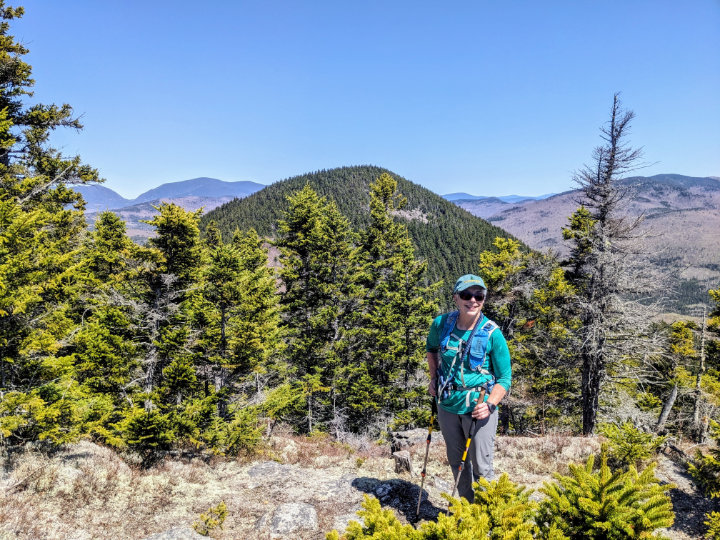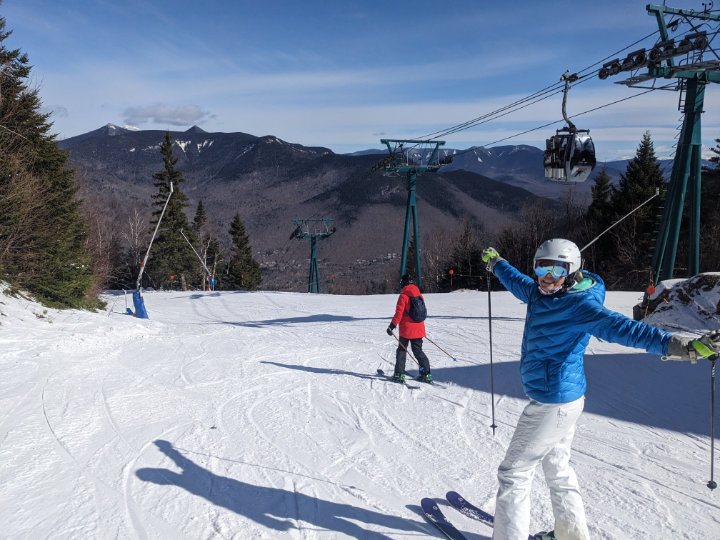Curiouser and Curiouser
by Ken Gorrell,
Weirs Times Contributing Writer
While not a proper English word, when used together as Lewis Carroll coined them in Alice in Wonderland, “curiouser and curiouser” is an acceptable way of saying something is increasingly strange. Alice used it as she was being stretched out of proportion to more than nine feet tall. I’m using it to describe the sensation I had while sitting through a meeting of school district officials and legislative candidates. It’s increasingly strange to me that people refuse to recognize that traditional public schools have been stretched out of proportion trying to be all things to all students while stretching taxpayer wallets to the breaking point.
This public meeting was a forum for the superintendent’s office, the school board, and budget committee to meet current legislators and candidates to discuss education issues. Given the state of public education and the ongoing battle over funding (especially acute in my district), I was expecting the Superintendent and board to take advantage of the opportunity by presenting a few ideas that might help our high-cost/low performing district.
Unfortunately, our public school officials – elected or hired – failed to demonstrate the least bit of intellectual curiosity about how these legislators might help students, parents, and taxpayers grapple with providing the right educational opportunities at an affordable cost. They seemed content to continue down the path of ever-higher budgets and poor educational results.
New Hampshire spent $14,335 per public school student in 2014, making us the 10th biggest spender in the nation. New York was No. 1, spending just over $20,000, but 23 states managed to educate their students for less than $10,000. My district spent slightly more than the state average for a high school ranked 61st out of 77 by the analysts at Niche. They used factors including test scores, graduation rates, college readiness, and teacher quality. For comparison, the state’s Virtual Learning Academy, with no points for extracurricular activities and sports, ranked 41st.
Some taxpayers in my district, Winnisquam, are just now beginning to understand that the status quo is about to slap us in the face. The state is reducing the Education Stabilization Grant. It will eventually get to zero, and possibly at an annual rate faster than the 4% currently advertised. Without that Stabilization money, Northfield, one of three towns in our district, will see an increase of $8 per thousand to the property tax rate. Northfield isn’t the only town where this is happening.
How can we prevent people from being taxed out of their homes? How can we avoid being marked as a real estate dead zone with unacceptably-high property taxes and a low-end school? Not much, judging by the lack of ideas presented to our legislators by our Superintendent’s office and school board. There are solutions, but they require more curious minds than were sitting at the table that morning.
We could start by consolidating SAUs. We have 100 school administrative units, many with six-figure-salary superintendents and big budgets that don’t contribute directly to the classroom. With fewer than 200,000 students and declining enrollment, we should be able to consolidate SAU functions into 10 county-based organizations without reducing student performance.
We’re spending more than $1,300 per student on school and general administration; Florida, Texas, and North Carolina spend less than half of that. What could we learn from them? What best practices and laws from other states could we adopt?
Nationally, only 60 cents of every education dollar is spent for instructional purposes. Taxpayers should demand that school boards prove the education value of each dollar they ask for. Overhead expenses must be cut. One way to do that is to increase the sharing of services and purchasing across districts.
The biggest savings and benefits to students will come only if we are willing to challenge the traditional public school model. Expanding virtual academies, blending traditional school with home-schooling and online learning, supporting our tax-credit scholarship program, and increasing chartered public schools will reduce per pupil costs while providing better, student-centered learning.
Charter schools cost about $6,000 per student, less than half of what we’re spending on traditional public schools. The tax credit scholarship program is revenue positive to the state. Both options are providing educational opportunities that meet or exceed student and parent expectations. Every superintendent, every principal, every school board member in this state should be pushing for legislation expanding charter schools and encouraging participation in the scholarship program. That they are not doing so demonstrates both a lack of imagination and a disturbing fealty to the status quo at the expense of children and taxpayers. Curiouser, indeed.




